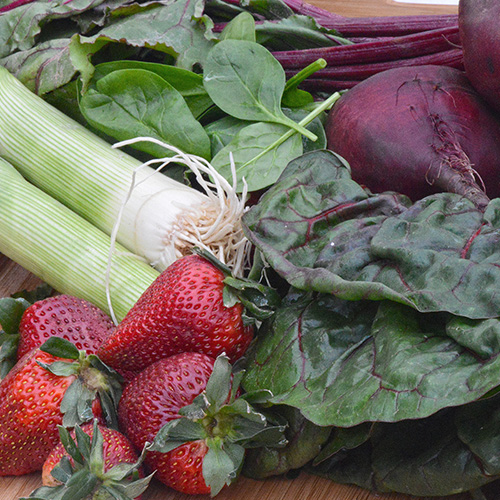Intestinal volvulus is characterized by complete twisting of an intestinal loop around the site from where it is attached to the mesentery. The symptoms of intestinal volvulus occur as a result of two mechanisms. The first is obstruction of the bowel that is manifested as symptoms of vomiting and distension of the abdomen. The second mechanism is ischemia or lack of blood supply to the affected part of the intestine. The symptoms may vary depending upon the location of the volvulus. For instance, cecal volvulus presents as symptoms of small bowel obstruction (nausea and vomiting and no passage of stool or flatus). Similarly sigmoid volvulus presents with abdominal pain and symptoms of constipation. Volvulus results in severe pain and the intestinal wall is progressively injured. There is accumulation of gas and fluid in the obstructed part of the intestine. Volvulus can ultimately lead to necrosis or death of the intestinal wall that is affected, acidosis and death of the patient.


